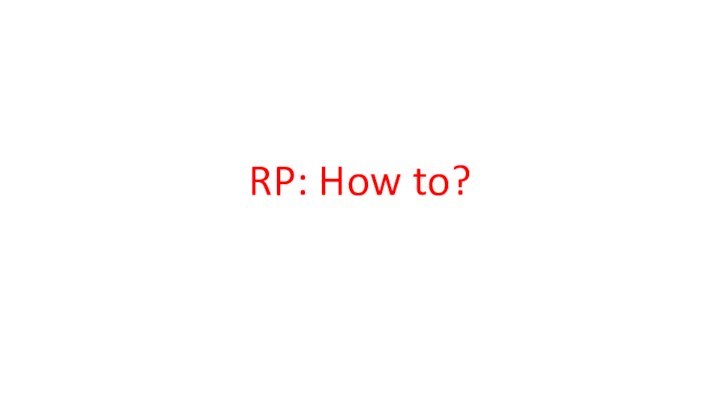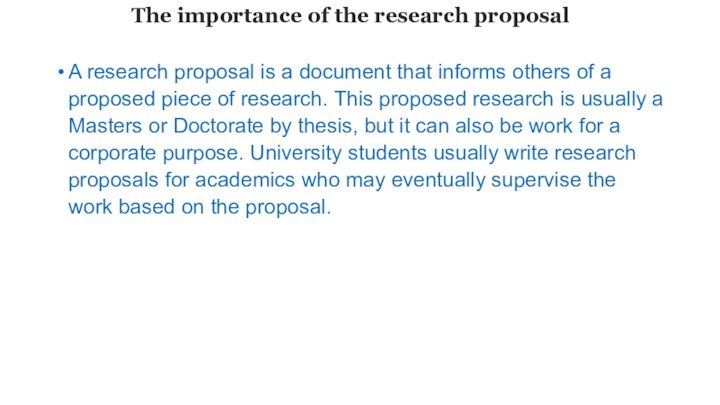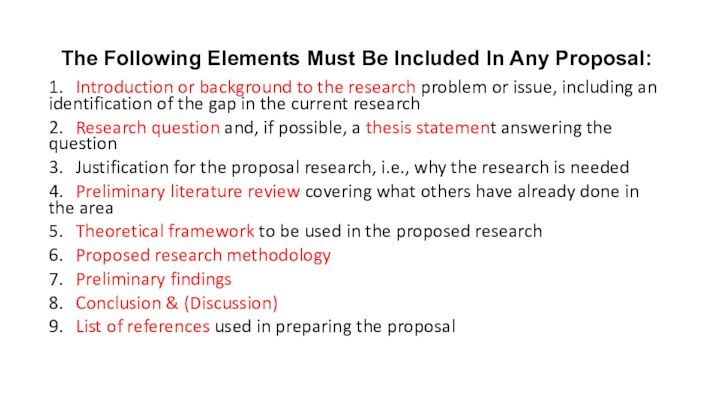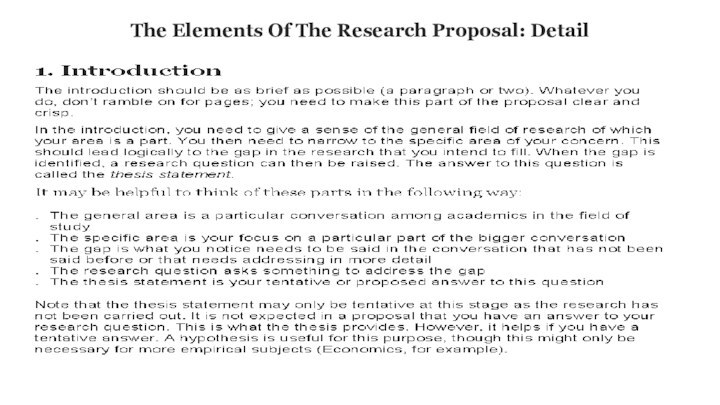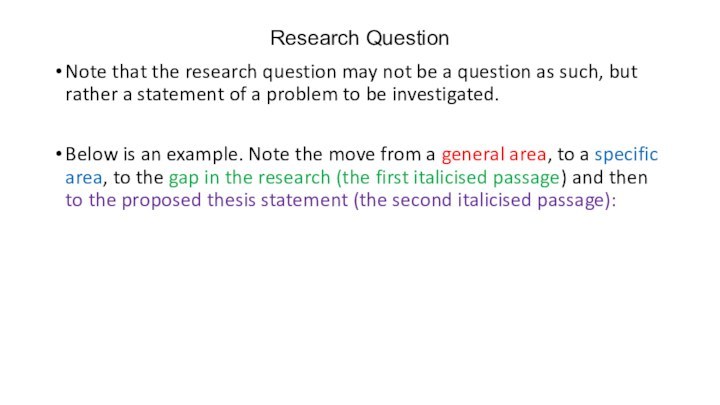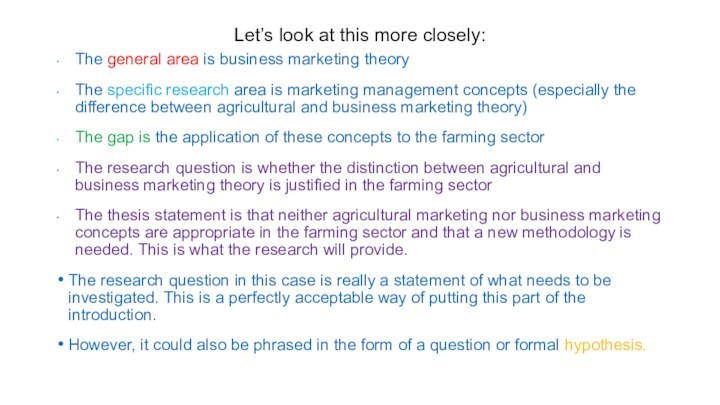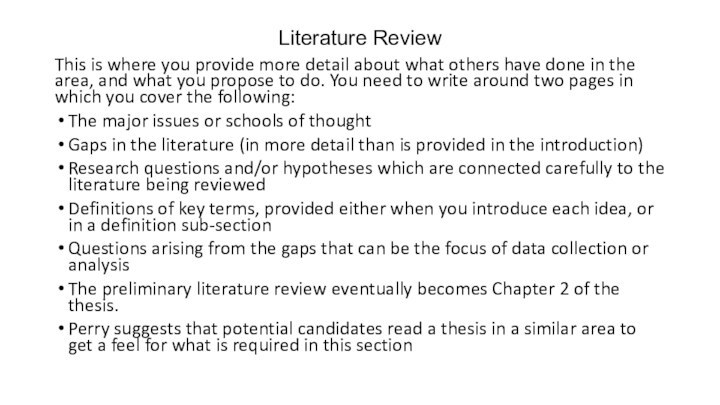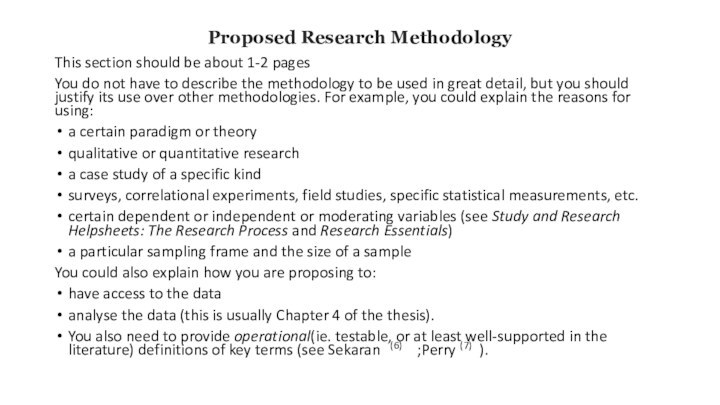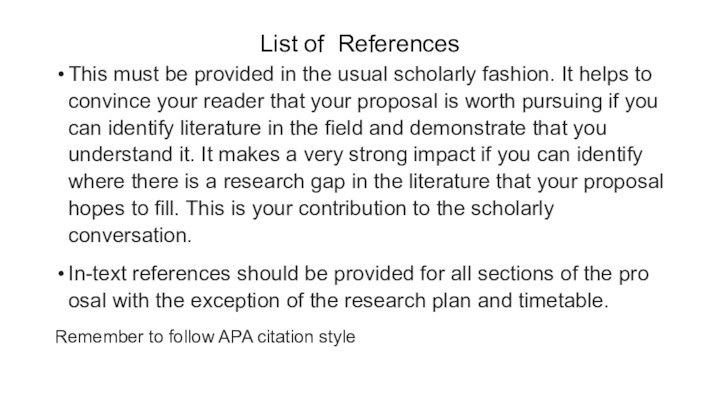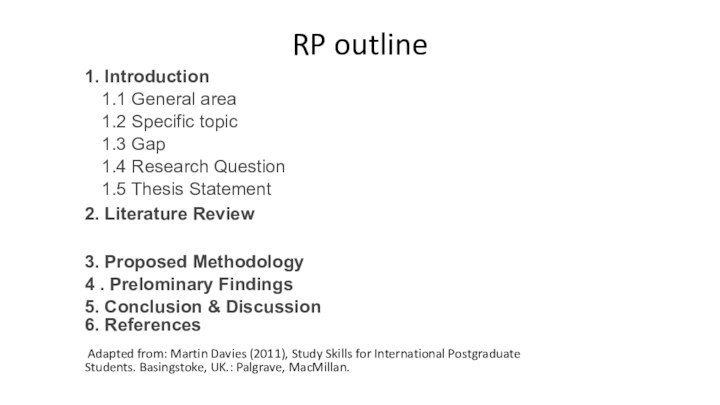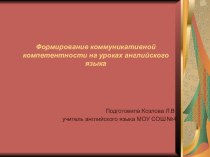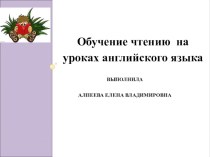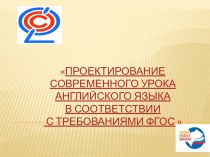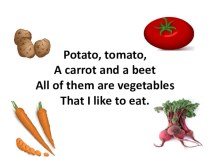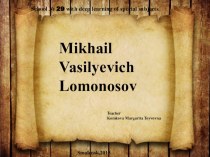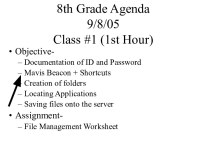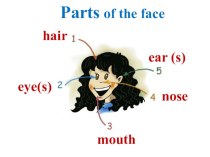Слайд 2
Test Yourself
How long should a research proposal be?
1. 1 – 3 pages
2. 3 – 7
pages
3. 7 – 15 pages
4.15 – 20 pages
Which of the following is NOT needed in a research proposal?
1. a research question
2. a list of references
3. a detailed literature review
4. a research timetable
How can proposed research be justified?
1. a gap in the literature needs to be addressed
2. an unusual or improved methodology is to be used
3. the research may benefit policy and practice
4. all of the above
Слайд 3
The importance of the research proposal
A research proposal
is a document that informs others of a proposed
piece of research. This proposed research is usually a Masters or Doctorate by thesis, but it can also be work for a corporate purpose. University students usually write research proposals for academics who may eventually supervise the work based on the proposal.
Слайд 4
The Following Elements Must Be Included In Any
Proposal:
1. Introduction or background to the research problem or issue,
including an identification of the gap in the current research
2. Research question and, if possible, a thesis statement answering the question
3. Justification for the proposal research, i.e., why the research is needed
4. Preliminary literature review covering what others have already done in the area
5. Theoretical framework to be used in the proposed research
6. Proposed research methodology
7. Preliminary findings
8. Conclusion & (Discussion)
9. List of references used in preparing the proposal
Слайд 5
The Elements Of The Research Proposal: Detail
Слайд 6
Research Question
Note that the research question may not
be a question as such, but rather a statement
of a problem to be investigated.
Below is an example. Note the move from a general area, to a specific area, to the gap in the research (the first italicised passage) and then to the proposed thesis statement (the second italicised passage):
Слайд 7
According to business marketing theory, businesses are more
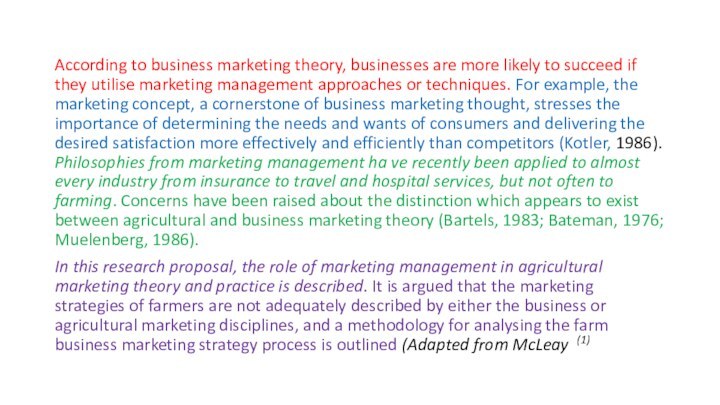
likely to succeed if they utilise marketing management approaches
or techniques. For example, the marketing concept, a cornerstone of business marketing thought, stresses the importance of determining the needs and wants of consumers and delivering the desired satisfaction more effectively and efficiently than competitors (Kotler, 1986). Philosophies from marketing management ha ve recently been applied to almost every industry from insurance to travel and hospital services, but not often to farming. Concerns have been raised about the distinction which appears to exist between agricultural and business marketing theory (Bartels, 1983; Bateman, 1976; Muelenberg, 1986).
In this research proposal, the role of marketing management in agricultural marketing theory and practice is described. It is argued that the marketing strategies of farmers are not adequately described by either the business or agricultural marketing disciplines, and a methodology for analysing the farm business marketing strategy process is outlined (Adapted from McLeay (1)
Слайд 8
Let’s look at this more closely:
The general area
is business marketing theory
The specific research area is marketing
management concepts (especially the difference between agricultural and business marketing theory)
The gap is the application of these concepts to the farming sector
The research question is whether the distinction between agricultural and business marketing theory is justified in the farming sector
The thesis statement is that neither agricultural marketing nor business marketing concepts are appropriate in the farming sector and that a new methodology is needed. This is what the research will provide.
The research question in this case is really a statement of what needs to be investigated. This is a perfectly acceptable way of putting this part of the introduction.
However, it could also be phrased in the form of a question or formal hypothesis.
Слайд 9
Literature Review
This is where you provide more detail
about what others have done in the area, and
what you propose to do. You need to write around two pages in which you cover the following:
The major issues or schools of thought
Gaps in the literature (in more detail than is provided in the introduction)
Research questions and/or hypotheses which are connected carefully to the literature being reviewed
Definitions of key terms, provided either when you introduce each idea, or in a definition sub-section
Questions arising from the gaps that can be the focus of data collection or analysis
The preliminary literature review eventually becomes Chapter 2 of the thesis.
Perry suggests that potential candidates read a thesis in a similar area to get a feel for what is required in this section
Слайд 10
An excerpt from a preliminary literature review:
An examination

of textbook definitions of business and agricultural marketing provides
the most general guide to theoretical content. Although there is no generally accepted definition of agricultural marketing, it is frequently viewed as part of the economic system (Ritson, 1986; Bateman, 1976) and is widely recognised as involving the exchange process. A typical definition is given by Shepard and Futrell (1982) who state: ‘ …’. By this definition, agricultural marketing theory focuses on the workings of the distribution system, and is typically viewed as a process that begins after produce leaves the farm gate. … Thus production planning is frequently excluded from the marketing process. …
Although, there is no universally accepted definition of business marketing, it is generally accepted that business marketing, like agricultural marketing, involves the exchange process. For example, Kotler (1972, p. 12) defines marketing as: “…”…
Слайд 11
Proposed Research Methodology
This section should be about 1-2
pages
You do not have to describe the methodology to
be used in great detail, but you should justify its use over other methodologies. For example, you could explain the reasons for using:
a certain paradigm or theory
qualitative or quantitative research
a case study of a specific kind
surveys, correlational experiments, field studies, specific statistical measurements, etc.
certain dependent or independent or moderating variables (see Study and Research Helpsheets: The Research Process and Research Essentials)
a particular sampling frame and the size of a sample
You could also explain how you are proposing to:
have access to the data
analyse the data (this is usually Chapter 4 of the thesis).
You also need to provide operational(ie. testable, or at least well-supported in the literature) definitions of key terms (see Sekaran (6) ;Perry (7) ).
Слайд 12
List of References
This must be provided in
the usual scholarly fashion. It helps to convince your
reader that your proposal is worth pursuing if you can identify literature in the field and demonstrate that you understand it. It makes a very strong impact if you can identify where there is a research gap in the literature that your proposal hopes to fill. This is your contribution to the scholarly conversation.
In-text references should be provided for all sections of the pro osal with the exception of the research plan and timetable.
Remember to follow APA citation style
